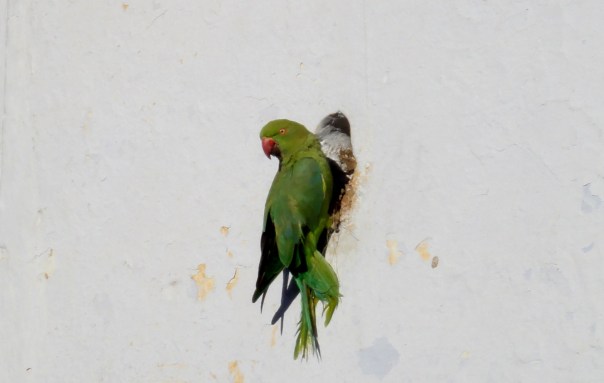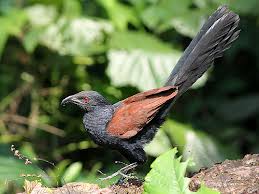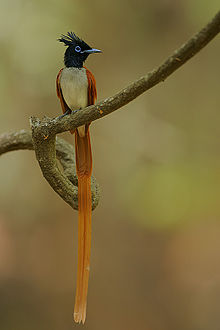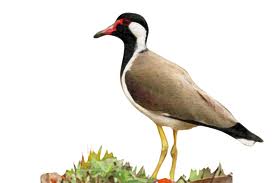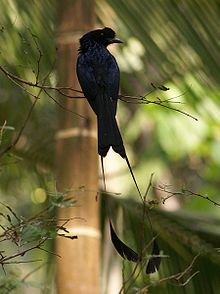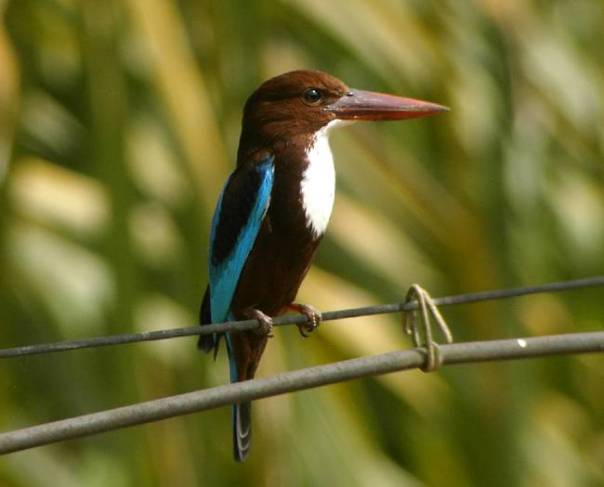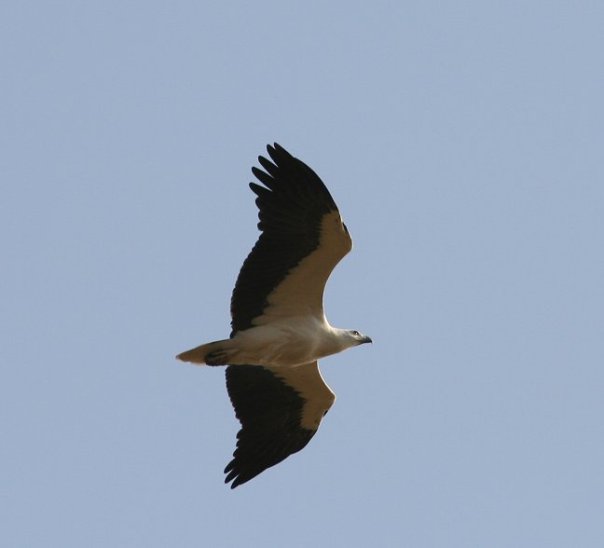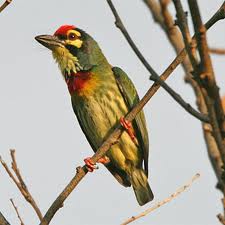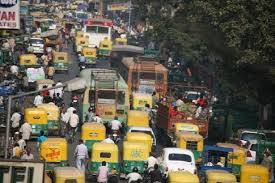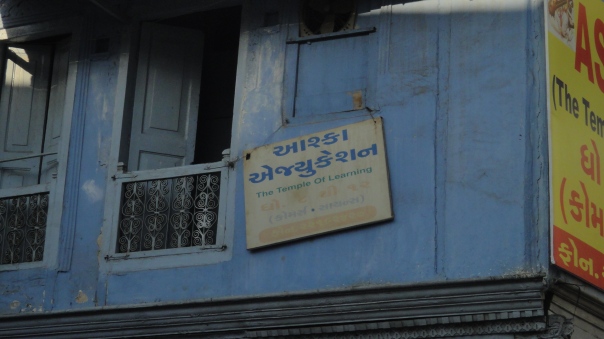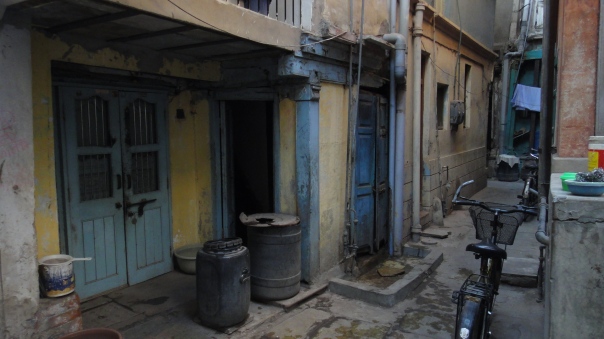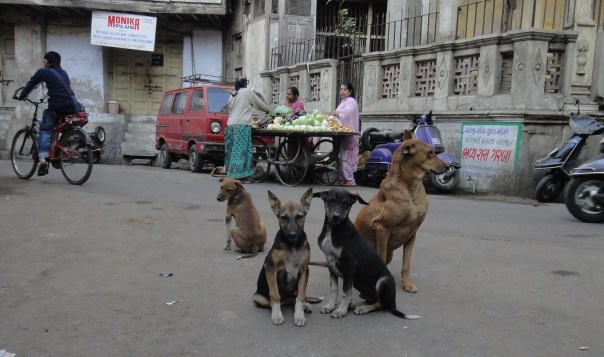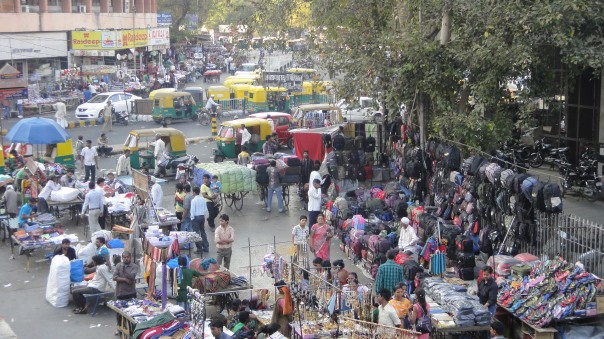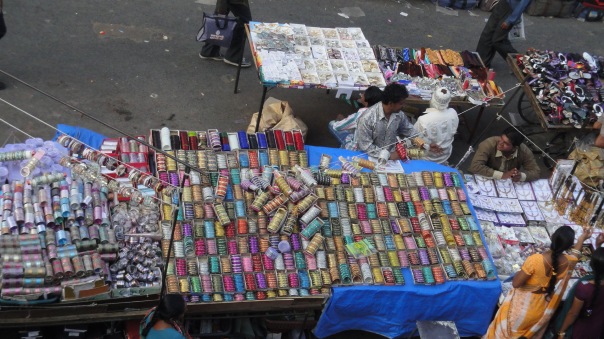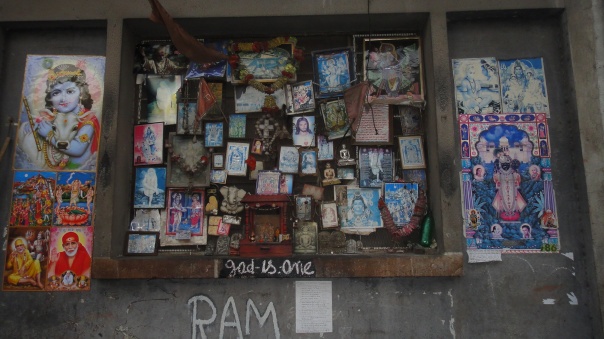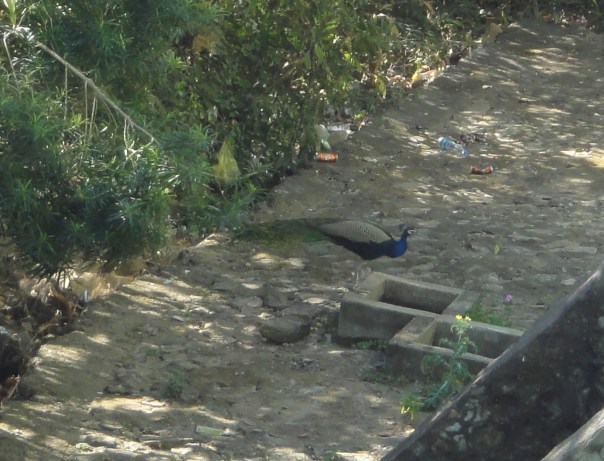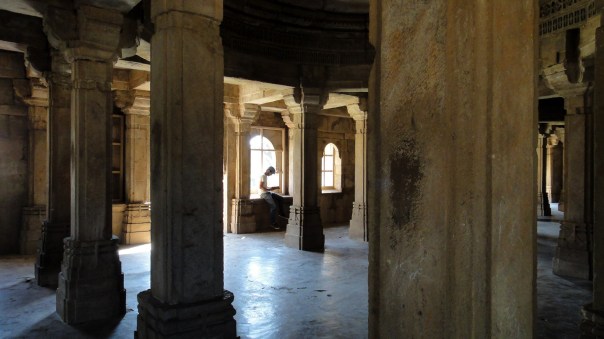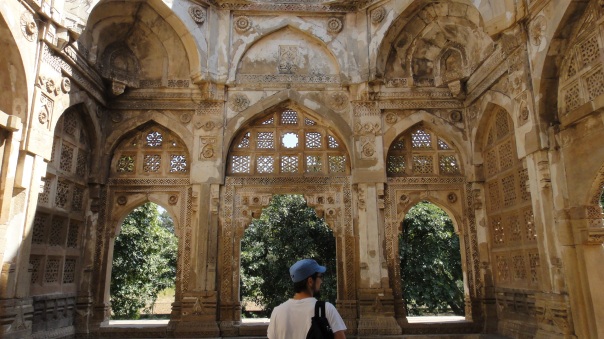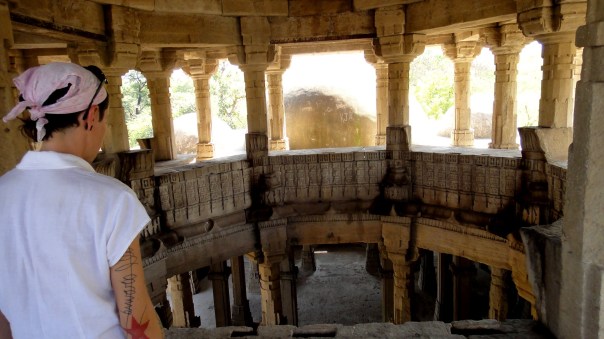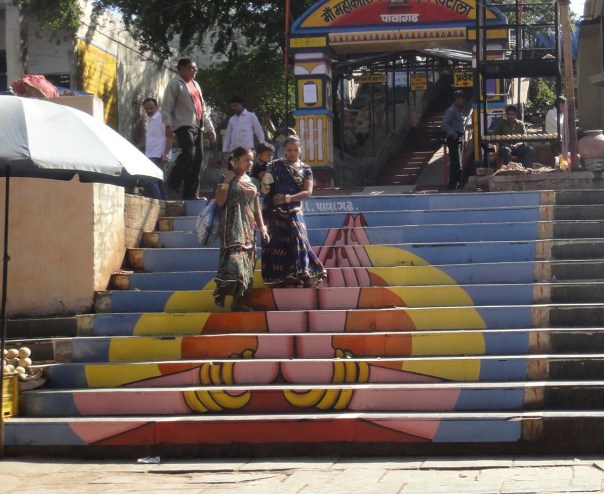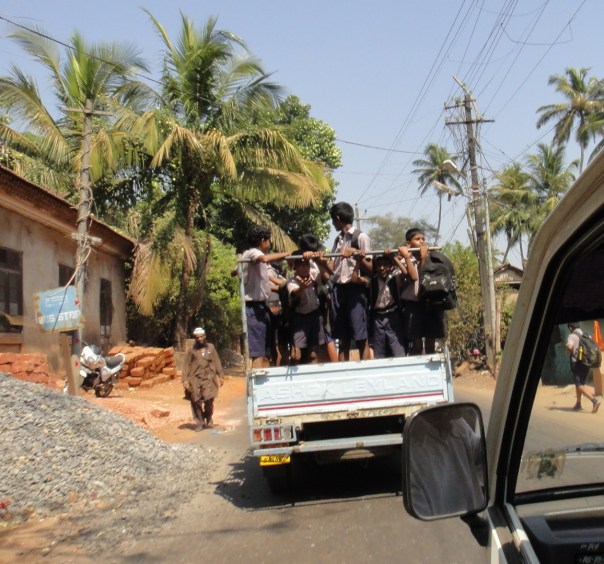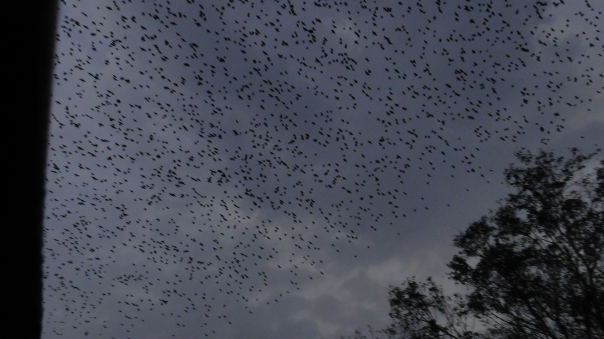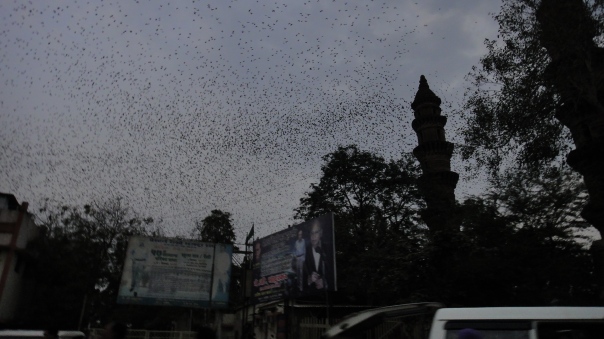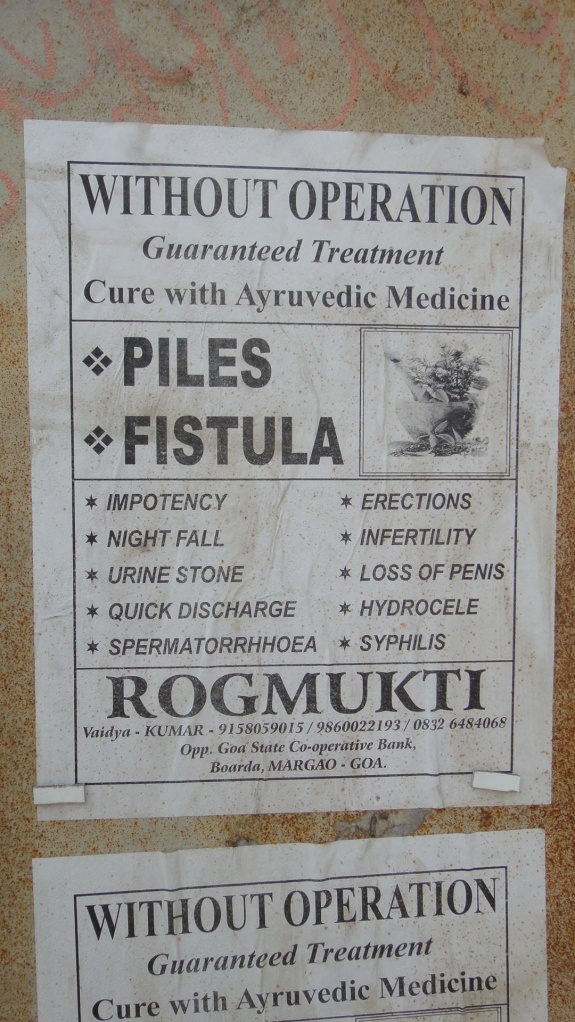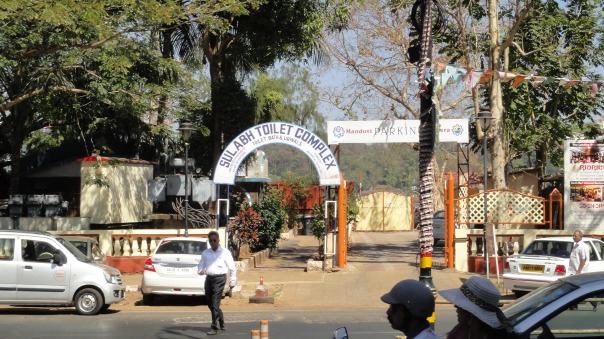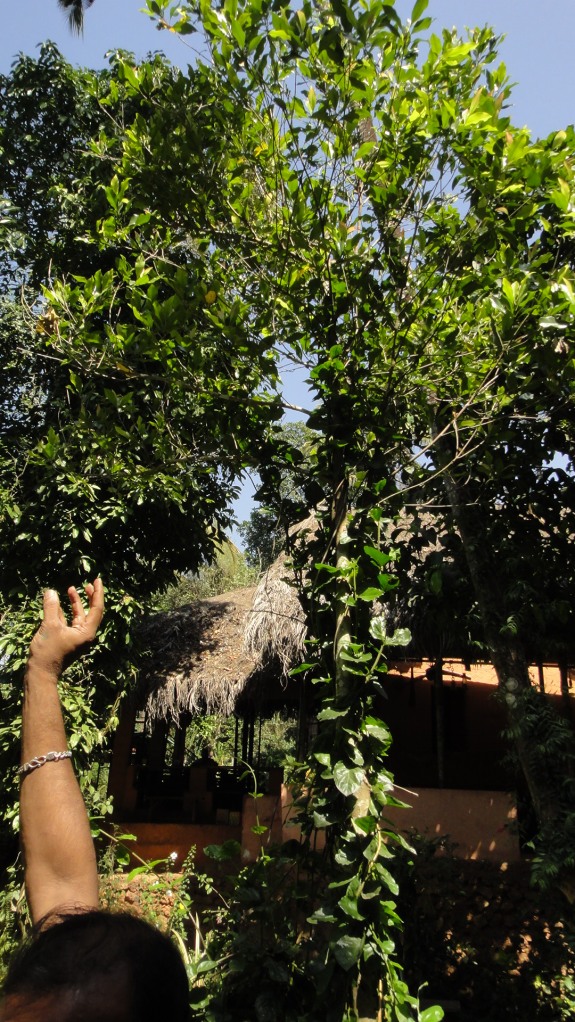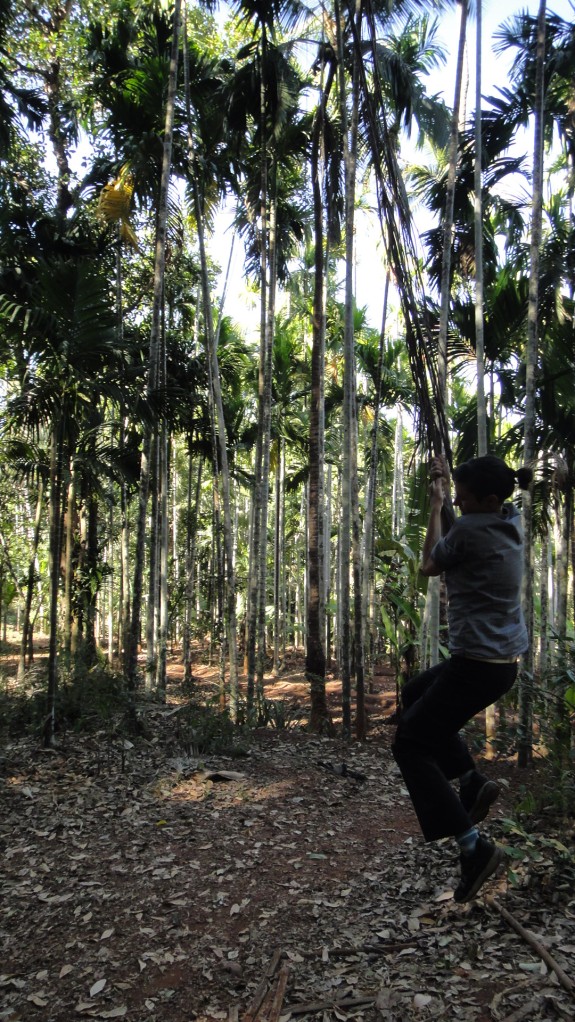After leaving Ahmadabad, we went up to the hill station of Mount Abu. We had wanted to visit here on our last trip to India then years ago, but, when it came down to the crunch, Mount Abu didn’t make the cut, as it is located off the main train line that we were following on that trip.
The town of Mount Abu is located in and surrounded by the Mount Abu Wildlife Sanctuary, just inside Rajasthan on the Gujarat border. The sanctuary is spread over India’s oldest mountain range, the Aravalis, in the Sirohi district of Rajasthan. It was a hill station during the British era and is now a really popular spot for honeymooning Indian couples. It is also a popular spot for residents of neighbouring alcohol-free, vegetarian Gujarat to come and ‘become drunken carnivores’ for a weekend, which is pretty funny. The place is beautiful, and because the majority of the people roaming around are Indian families on holiday, traffic is relatively low, as vacationers do not generally have their vehicles with them. There are a gorgeous dozen spots where you can clamber up the hills to watch the sun go down, including the amusingly-named Honeymoon Point. If hoards of rowdy holiday-makers, corn-on-the-cob vendors, racing horses, and knick-knack vendors get you in the mood for romance, then I guess this is a romantic spot. In general we preferred to simply climb any random hill to watch the sun set.
A really surprising aspect of Mount Abu was the ‘danger’. Upon arrival, the owner of the Shri Ganesh, our favourite hostel yet, issued us a map of the town and the hiking trails surrounding it, and then proceeded to cross out every single footpath, saying it was too dangerous to go there alone. According to these marks, the sole safe place to walk was in the town itself. Needless to say, we were rather taken aback, as we obviously hadn’t travelled to this mountain area to hang out in a marketplace… -Dangerous? How so? –Oohhhh, yes, Murders! Robberies! Leopards! Bear attacks! Not safe!!! –Murders?? Yes! Tribal peoples killing tourists!
Okay, so this is weird. Due to this danger, you are supposed to hire a trekking guide every time you want to leave the city streets. We spent the first day feeling rather creeped out, but also asking around. We spoke with hotel owners, freelance nature guides, government guides and members of the forestry department. To our surprise, everyone was telling us the same thing. Mount Abu is not safe outside of the town streets; visitors must only visit the park trails in the company of a guide.
To what extent was this true and to what extent was it a conspiracy to get foreigners to hire guides? One of the government guides was very forthcoming. He allowed me to ask very specific questions: Who was murdered here? –An Isreali tourist. –When? –Three years ago. –Why? –Nobody knows, but he was not robbed. Perhaps he was behaving inappropriately with the ‘tribals’ (the word they use for the indigenous villagers living in and around the park limits). The last photo on his camera was of a tribal woman. You are not even supposed to look at these women, let alone take photos. But nobody knows. –Have there been other incidents in the past three years? –There were a couple of robberies two years ago. The monsoon hadn’t come that year and so people were very desperate. –So there have been no incidents in two years? –No. Since then, we have been training guides and taking tourists to visit the villages. We have been doing much work to improve the relationship between the villagers and outsiders. –So, there have been no incidents in two years? It seems like things are pretty safe these days, then? –You must understand, we have to protect the reputation of Mount Abu. It is an important place for tourists. You may think you are just one person, but no, you represent the whole of Canada. If something happens to you, it is Canada and the rest of the world that will be reporting in the media that Mount Abu, or Rajasthan, or India is not safe for tourism. Your country will issue travel advisories. This will cause big problems for us. This is why the government has told every hotel owner that they must warn all their guests against taking the trails unaccompanied. We cannot stop you, but it is our DUTY to tell you this message.
Talking with these guys made us feel a lot better about the general safety of the area, and we decided to do a combination of solo and guided hiking. We felt totally safe and unthreatened, found the hiking really great, and the town really peaceful.
Here are some pics from around town:

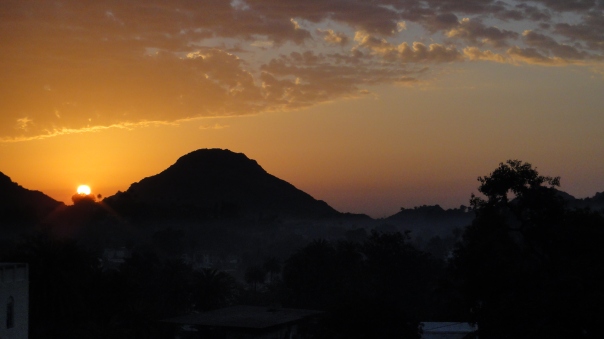
Our night train to Mount Abu from Ahmadabad got us to the roof top of the Shri Ganesh Guesthouse just in time for sunrise…
 Prize for the cow with the biggest horns
Prize for the cow with the biggest horns
 Langour monkey watching a cricket game
Langour monkey watching a cricket game
 Veg Desire billboard
Veg Desire billboard


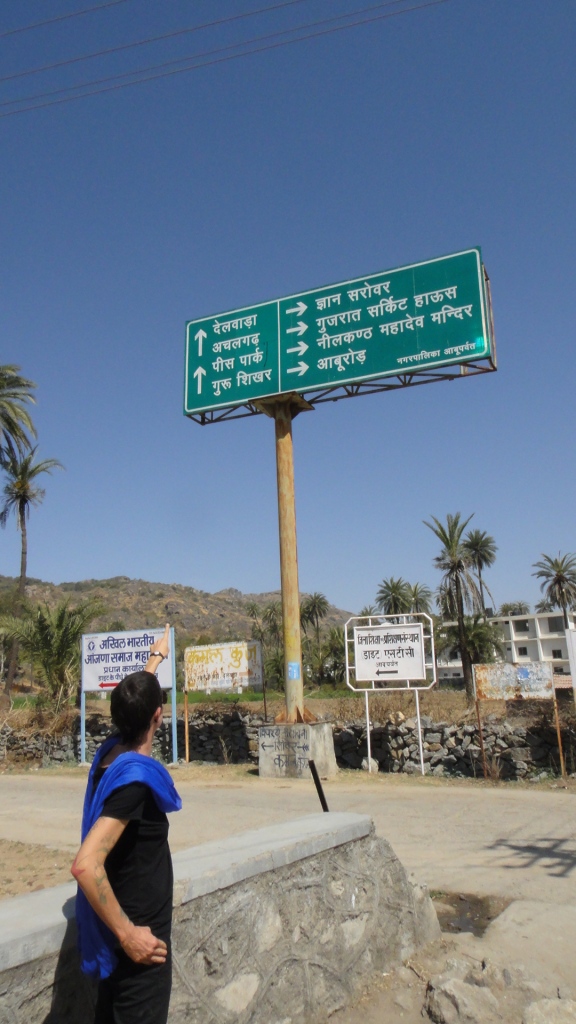 ‘Dilawara – Straight ahead’ — Being able to sound out place names is SO helpful
‘Dilawara – Straight ahead’ — Being able to sound out place names is SO helpful
 Ummm, so this was weird..
Ummm, so this was weird..

 Lots of spiritual seekers here
Lots of spiritual seekers here
 So, the town is wrapped around this cute little lake where you can rent a paddle boat, or, uh… go in an inflatable ball on the water?
So, the town is wrapped around this cute little lake where you can rent a paddle boat, or, uh… go in an inflatable ball on the water?
 Walter looking like a rapstar and the gentleman who tends the local graveyard.
Walter looking like a rapstar and the gentleman who tends the local graveyard.
 Chai truck
Chai truck
 Only in India…
Only in India…
Hiking along Tiger Trail:
 White-Bellied Drongo! (look at the tail 🙂 )
White-Bellied Drongo! (look at the tail 🙂 )

 Partners
Partners
Hiking to the top of “Plummy” with Eddy and Walter:
 On the way up. Did I mention it is the dry season here?
On the way up. Did I mention it is the dry season here?
 Looking back over Mount Abu from the summit of Plummy
Looking back over Mount Abu from the summit of Plummy
 Snack time
Snack time
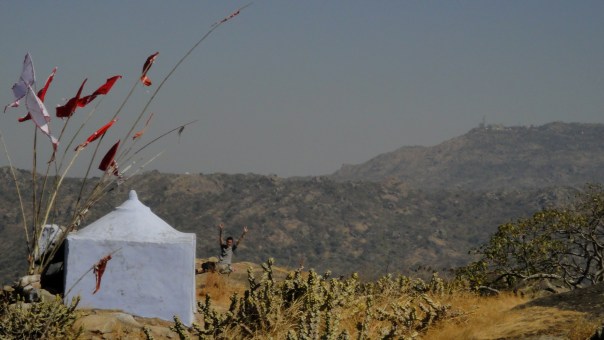
 Summit!
Summit!
By far the greatest hike was when we contacted Mahendra Dan ‘Charlie’, a local guy who is developing a much deserved reputation as a knowledgeable and enthusiastic nature guide. He told us that he was going the following day with two Indian friends of his on a 26-km hike from the top of Guru Shikhar (1722 m), Rajasthan’s highest peak, down into a valley and up again to the village of SherGaon, at a similar altitude, and then down to another town at 300 metres. Twenty-six kilometers and 1400 metres in elevation change sounded a bit ambitious, but we were eager to do a big walk, and going with some Indian people sounded fun, so we agreed to join them.
We started before dawn, taking a taxi up to the summit of Guru Shikhar just in time to watch a gorgeous sunrise before heading out along the trail. Charlie knew where he was going, and led us along tiny footpaths, pointing out bird and medicinal plant species, fresh-water sources, and caves. Some of the volcanic rock formations were really astounding, and the views… oh, the views. So great. Along the way we often met serene-eyed villagers making their way from one village to the next, often with incredibly heavy burdens, like 50-pound bags of rice balanced on their head. Some of these, a family of four, walked together with us for quite some time, resting in the same shady spots, and inviting us for tea in their home. We also met a rural teacher, who was walking between four far-flung and remote villages delivering polio vaccines. This got Charlie and Eddy and Walter (the other 2 Indian fellows, total clowns) talking about how teachers in India are very low-paid, yet have many very important duties in addition to teaching, such as walking for days to deliver polio vaccines, or conducting the census. Conversing with these three well-informed and fluently English-speaking Indian guys was really one of the best parts of the hike. We quickly developed a comfortable rapport which allowed me to ask many of the questions I had been harbouring about religion, caste and social issues in modern India. Their answers were well considered and, because they didn’t always agree with one another, we got to hear several positions on some if these ideas.
We also stopped in a tiny, sky-high village where we were invited into a tiny straw-and-mud home and given delicious warm rice pudding. The sadhu from a nearby temple was visiting the home, and so we visited with him and the other men as we shared the rice. We also met some of the women, but they were all outside, and we didn’t get to talk to them very much. This is a common situation here and one I find a little crappy. On the one hand, we don’t often see or meet Indian women; as travellers, we are always in public, and the women generally are not. I miss their company. Especially as the men, of whom we meet plenty, tend to only address Sh when we talk. –Hello Sir! Welcome Sir! Your good name? –Mera naam Sh. hai. –Oh! Such good Hindi, Sir! And her? Your wife? –Yes, this is my wife. Uska naam Caissey hai… But they have already turned away and are preparing their next question for Sh before they hear my name. –And your job, Sir? And how do you find India, Sir?, etc. Blah, BORing.. Apparently this is out of respect. Frankly, I am not really in favour of exclusion as a form of respect.
Anyway, one of the guys in our hiking group, Eddy from Bangalore, is really into photography, and, unlike myself, is not at all hesitant to photograph people. We often got held up in the villages etc because he was photographing all the people. When I asked him how people felt about that, he replied, ‘Are you kidding? They love it! Who else is ever going to take their photo? Cash is very hard to come by for these people.’ After the hike, he gave Charlie all the portraits to have printed and delivered to the villagers the next time Charlie passes through there, which I think they will be just thrilled about.
Here is a selection of photos from Mount Abu town, some of the solo hikes, and some from this Guru Shikhar hike, including some of Eddy’s.
EDDY’s PICS – Guru Shikhar hike:
 Village Council meeting (Panchayaat)
Village Council meeting (Panchayaat)

 Passing through some remote and self-sustaining villages
Passing through some remote and self-sustaining villages







 Making our way down into a village after an invitation was shouted up to us. An amazing swathe of green at the top of these very arid mountains. Amazing irrigation.
Making our way down into a village after an invitation was shouted up to us. An amazing swathe of green at the top of these very arid mountains. Amazing irrigation.
 Our first steps into the village, these are the gentlemen who had called up the invitation to enter.
Our first steps into the village, these are the gentlemen who had called up the invitation to enter.

 Preparing lunch a couple of hours later
Preparing lunch a couple of hours later
 We walked together quite a ways with this lady and her husband and 2 children (below)
We walked together quite a ways with this lady and her husband and 2 children (below)
 On the right in the foreground is our fantastic guide Charlie. Our new friend Walter is in the front centre. A 62-year-old asthmatic, he was a real trooper!
On the right in the foreground is our fantastic guide Charlie. Our new friend Walter is in the front centre. A 62-year-old asthmatic, he was a real trooper!
 Our little group, minus Eddy, who took the photo.
Our little group, minus Eddy, who took the photo.


 Village kids followed us to the edge of town like a parade.
Village kids followed us to the edge of town like a parade.
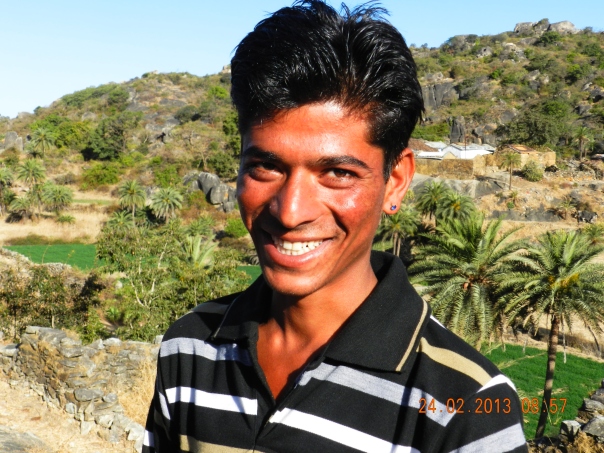 The teacher who was delivering polio vaccines by foot to these far-flung villages, what a hero.
The teacher who was delivering polio vaccines by foot to these far-flung villages, what a hero.



GuruShikhar hike, our pics:
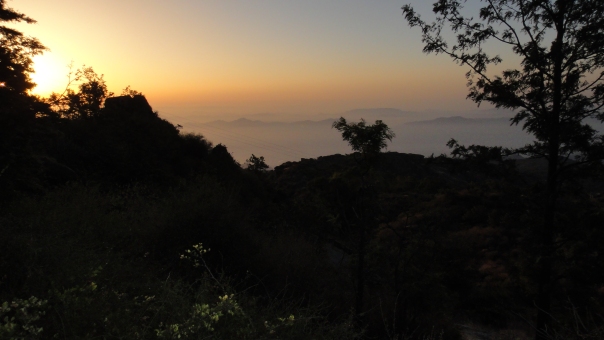 Starting out. Our driver dropped us off at the summit of Rajasthan’s highest peak just in time for sunrise.
Starting out. Our driver dropped us off at the summit of Rajasthan’s highest peak just in time for sunrise.

 Charlie demonstrating this cool block-printing leaf
Charlie demonstrating this cool block-printing leaf

 A really over-exposed but majorly cute little bare bum…
A really over-exposed but majorly cute little bare bum…
 Shawn and Charlie making lunch
Shawn and Charlie making lunch

 The view from the village where most the people in Eddy’s pics live… wow.
The view from the village where most the people in Eddy’s pics live… wow.
 A heated discussion about caste with Charlie and Eddy
A heated discussion about caste with Charlie and Eddy
 Ditto
Ditto
 Beginning the final descent
Beginning the final descent
 Charlie tells me about his new life plans – study English literature so that he can write a blog about Mount Abu. Wake up every morning at 4:30 so that he can study for 3 hours a day. Use the internet to study English and read criticism etc of the literature he reads. Step one: Get an electricity connection to his home….
Charlie tells me about his new life plans – study English literature so that he can write a blog about Mount Abu. Wake up every morning at 4:30 so that he can study for 3 hours a day. Use the internet to study English and read criticism etc of the literature he reads. Step one: Get an electricity connection to his home….
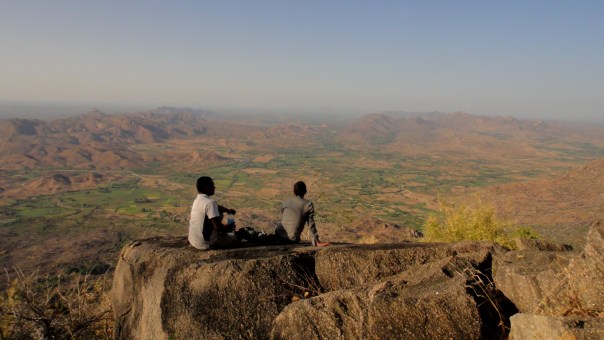 You can do it Charlie
You can do it Charlie

 One of the stranger things that happens to us in India is that people frequently ask to have their photo taken with us. I tend to decline, but Sh is more obliging, and I am now starting to get a rather hilarious collections of Indian people taking Sh’s photo with Indian other people.
One of the stranger things that happens to us in India is that people frequently ask to have their photo taken with us. I tend to decline, but Sh is more obliging, and I am now starting to get a rather hilarious collections of Indian people taking Sh’s photo with Indian other people.


















